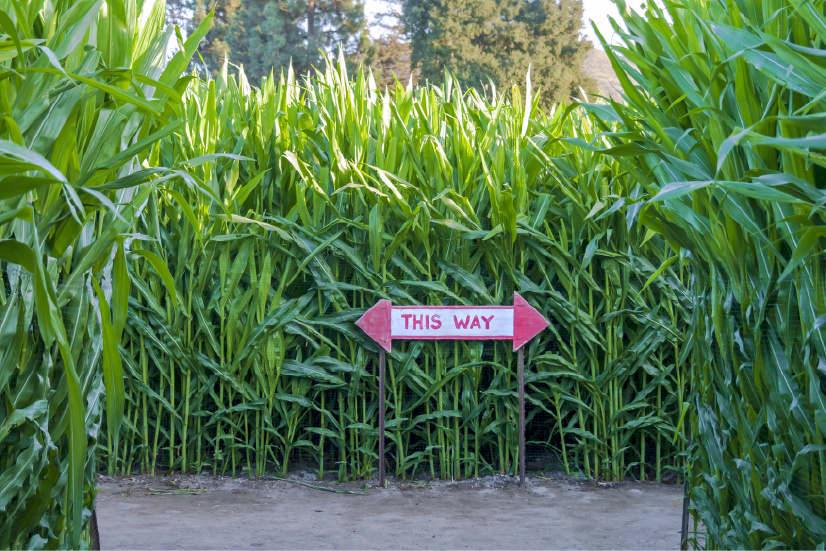
In November 2023, under the Environment Act 2021, it became a mandatory requirement for most planning applications in England to provide a regulatory driver for the biodiversity offset market. We now have the beginnings of a fully operational market for biodiversity offsetting. All development schemes in England must deliver at least 10% biodiversity net gain and this can be done either on-site or at a dedicated off-site location.
We caught up with Tom Beeley, one of our senior associates and a natural capital expert, to learn about how to meet the requirements, developers will need to create a habitat that enhances biodiversity through more than planting trees and digging ponds so that woodlands and wetlands are established.
Biodiversity offsetting as development
Biodiversity offsetting should be seen as another form of development. Like any development, it has the potential to generate significant value, but it also comes with complexity, relatively high costs, and broader implications. These commitments are long-term, so market participants should carefully consider their options.
Demand and delivery timing
Although BNG is now fully operational, it's still early days. Those seeking to acquire biodiversity units will consider habitat type, location, and the timing of delivery. Availability matters just as much as the type of habitat.
Potential for habitat uplift
Most land has the potential to create habitat uplift for offsetting. However, costs of delivery vary across sites. In a competitive marketplace, identifying sites with the best potential at a competitive unit price is crucial. Scale and habitat quality also play significant roles. Providers will need to have a clear and robust understanding of their costs of delivery.
Market evolution and evidence
The current offset market likely reflects planning applications conceived before mandatory net gain and could look quite different to a market based on planning applications designed with full mandatory BNG in mind. As BNG becomes fully integrated, the market may evolve significantly. Solid evidence and forecasts for demand and supply are still emerging.
Conservation Covenants
Five Responsible Bodies have been recognised and registered by the government. Responsible Bodies open the door to the use of Conservation Covenants between habitat providers and Responsible Bodies as a means of legally securing habitat delivery. Covenants should provide a more streamlined and effective means of delivering habitat banks and are potentially an important piece of the BNG jigsaw. First impressions suggest Covenants will provide a quicker route to the market for habitat offsets but may come at a higher cost. We hope to see the number and geographical coverage of Responsible Bodies expand to further open this market.
BNG represents a significant change to the planning system. It has broader implications for development and opportunities in land-based sectors. As parties navigate the BNG planning labyrinth, the emergence of a voluntary market for habitat offsetting and BNG's application to National Significant Infrastructure projects (NSIPs) from 2025 could further boost biodiversity offsetting.
BNG is reshaping how we approach development, emphasizing the importance of biodiversity and habitat enhancement. As the market matures, we'll continue to learn and adapt to these.
Find out more about natural capital and our agribusiness consultancy services.
Find out more in our Green Offset Annual Review 2004





